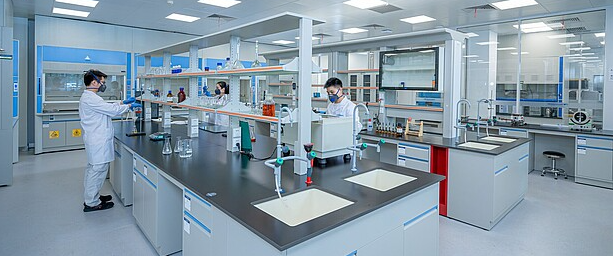The gel temperature of Hydroxypropyl Methylcellulose (HPMC) refers to the temperature at which a solution of HPMC undergoes gelation or forms a gel structure. The gelation behavior of HPMC is influenced by factors such as its molecular weight, degree of substitution, and concentration in solution. Generally, HPMC solutions exhibit a phase transition from a liquid to a gel-like state when the temperature is increased.
The gelation temperature of HPMC is often associated with its ability to form a gel structure due to the thermal gelation properties. This property is particularly useful in various applications, including pharmaceuticals, food, and construction materials.
Several factors can affect the gelation temperature of HPMC:
Molecular Weight:
Higher molecular weight HPMC may exhibit a higher gelation temperature. Molecular weight influences the viscosity and gel-forming ability of HPMC solutions.
Degree of Substitution (DS):
The degree of substitution, indicating the extent of hydroxypropyl and methyl substitution on the cellulose backbone, can impact the gelation temperature. Higher DS may affect the gelation behavior.
Concentration of HPMC in Solution:
The concentration of HPMC in the solution can influence the gelation temperature. Generally, higher concentrations may lead to a lower gelation temperature.
Additives and Solvents:
The presence of certain additives or solvents in the solution can also affect the gelation temperature of HPMC.
It’s important to note that the gelation temperature is not a fixed value but rather a range that depends on the specific characteristics of the HPMC used and the solution conditions. Different grades of HPMC with varying molecular weights and degrees of substitution may exhibit different gelation behaviors.
For specific applications where the gelation temperature is critical, it is advisable to consult the technical data sheets provided by HPMC manufacturers. These sheets often contain information about the gelation temperature range, which can guide formulators in optimizing their formulations.
In the context of construction materials, HPMC’s gelation properties are often utilized to control the setting time and improve the workability of cement-based products such as mortar and tile adhesives. The gelation temperature of HPMC can contribute to the overall performance and application characteristics of these materials.


